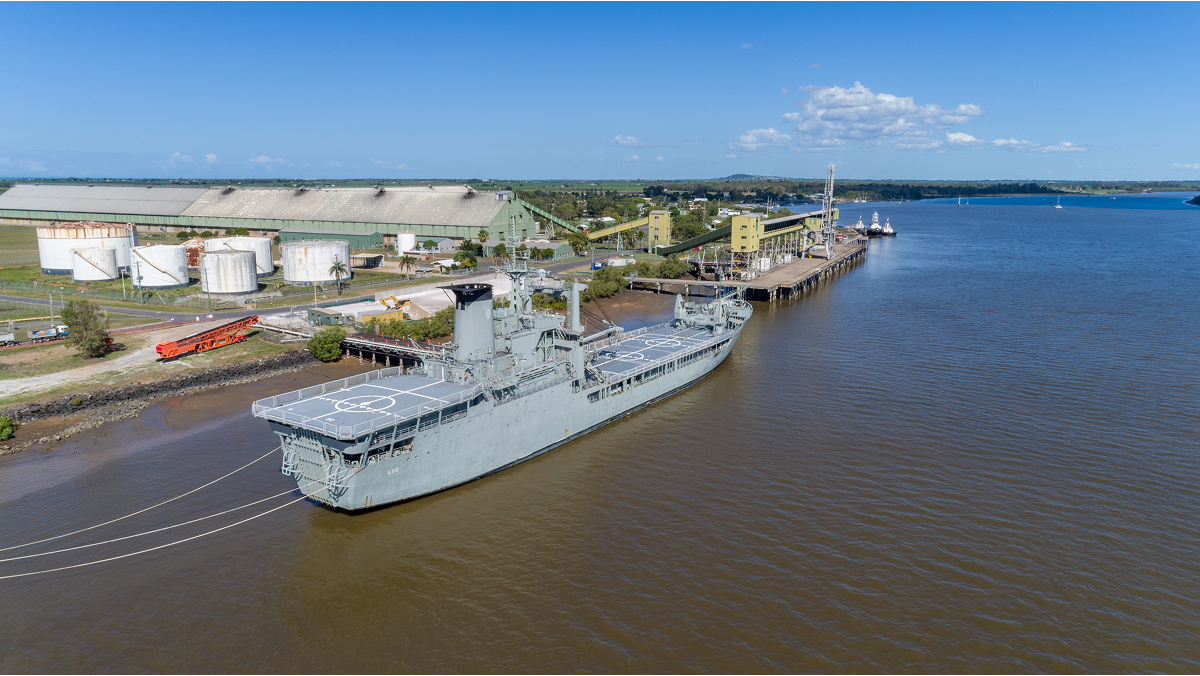Balancing Concrete, Steel and Timber: The Future of Architecture and Structural Design
The modern architectural landscape is rapidly evolving, with designers and architects continually exploring innovative materials and design philosophies to meet the dynamic needs of societies. In this race towards sustainable urbanisation, three materials often find themselves at the forefront of discussions – concrete, steel and timber. While both materials have their unique strengths and historical significance, the way forward lies not in isolating one from the other but in discovering a harmonious blend between the three.
The Legacy of Concrete and Timber
Concrete, with its versatility and durability, has been a favourite amongst designers and builders internationally for the last few generations. Its’ ability to shape skyscrapers, bridges, and other infrastructural marvels speaks volumes of its’ inherent capabilities. On the other hand, timber, one of the oldest construction materials, embodies natural beauty and a unique warmth. Though it had been the primary construction material for centuries, the urbanisation wave replaced it with materials like concrete and steel, especially in metropolitan settings. This has increased more than ever since the turn of the 20th century as society has moved towards a more urban based living style which has required greater density for citizens, primarily in inner city environments. Concrete and steel have allowed us to build taller and has eliminated many of the foregone risks in inner city environments such as mass fires which historically caused catastrophic structural collapses in major cities across the globe.
Timber in Modern Architecture
Recent decades we have seen a resurgence of timber in architectural design. As society looks to tackle the new threat of carbon in our atmosphere it has come to the forefront as a viable and highly regarded option of lowering carbon outputs in the structural design and construction of buildings internationally. Cross Laminated Timber (CLT), a multi-layered wood panel product, has gained prominence for its eco-friendly nature and comparable strength to traditional construction methods. Accompanied closely with Glue Laminated Timber (GLT), and other lightweight timber solutions, we are seeing extensive and important research and code changes almost yearly around the globe to allow more and more of these products to be used in major projects. It will be critical in the coming decades to balance not only the technical capabilities of what timber can do from a structural and aesthetic perspective, but to also ensure we are maintaining a balance between demand and what our global forests are able to support.
Merging Strengths: Hybrid Structures
To propel architecture and design into the future, there’s an urgent need to rethink the perception of timber vs. concrete vs. steel. The answer might lie in hybrid structures. For instance, buildings that integrate a concrete basement with a steel framed and CLT structure above ground not only offer the robustness of concrete, but also benefit from the flexibility to allow for wider spans and less columns due to the inherit strength of steel which glulam cannot always provide. CLT floor systems then can provide the structure with a considerable reduction in weight and embodied carbon, which will be prefabricated for faster construction, and can be detailed to promote a circular economy.
Moving forward as a society and as a team of designers, we cannot go into a project with only a single-minded focus. Depending on the conditions of the site, location, usage, geometry of the building proposed, etc. these attributes, unique to each project, provide us with guidance as to what building material will naturally be best suited for each situation. The key message here though is that with the advancement of timber engineering and production methods, timber needs to be considered on every project as a viable option alongside concrete and steel.
Importance of Contextual Design
Contextual design, at its core, is about harmonising architecture with its environment, ensuring that the built form not only meets functional needs but also resonates with its surroundings, whether natural or man-made.
Contextual design aims to create structures that intentionally reflect, complement, and suit their surroundings. Buildings designed with context in mind will naturally fit into their environment, creating a seamless blend between the built and natural world.
A context-driven approach underscores the importance of key design principles such as contrast, harmony, scale, and proportion, ensuring that a structure isn’t just dropped into a location but is tailored to it. This is especially important in areas with a rich historical context – new buildings should be sympathetic to their surroundings. This does not mean mimicking and imitating old designs but understanding the spirit and values they embody and translating them into new and modern forms of architectural expression.
An awareness of context also means recognising shifts in societal values, technological advancements, and environmental concerns. As the world changes, so too must our design approaches, ensuring they remain relevant and responsive to our global needs, society needs and cultural needs across the globe.
As we look forward to a more sustainable and aesthetically diverse future, it is evident that neither concrete, steel nor timber can be left behind. The harmonisation of these materials, understanding their strengths, and leveraging them in the right contexts will shape the skylines of tomorrow. By breaking the barriers of conventional thinking and embracing a holistic design approach, we can ensure that the architecture of the future is not just functional but also sustainable and timeless.
Related Resources:
Mass Timber: Revolutionising the Construction Industry
Concrete Sustainability Demystified | BG&E (bgeeng.com)
Pioneering a Greener Future through Innovative Materials
Can Concrete Carry the Weight of Increasing Density? | BG&E (bgeeng.com)


